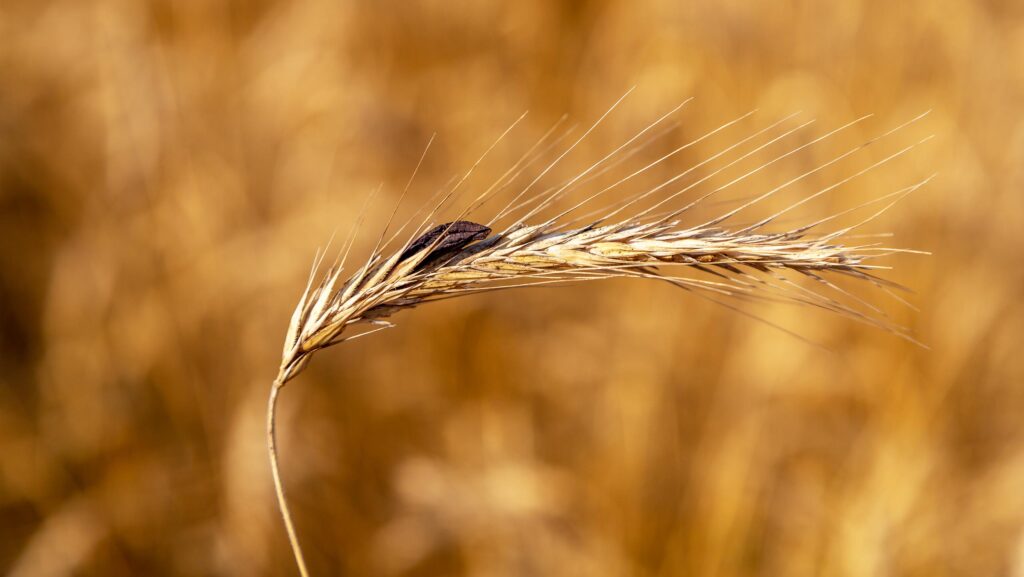3 steps livestock farmer can take to avoid ergot poisoning
 © Adobe Stock
© Adobe Stock High ergot levels in cereal crops this harvest have prompted a Bristol-based adviser to remind farmers to be vigilant about identifying the deadly fungal infection.
Ergot is highly toxic, and can be fatal to livestock when eaten in doses as small as 0.01g/kg in a mix for a dairy cow eating 50kg of feed, warns Bristol-based Kelly Farm Consulting.
The firm says research has shown ergot concentrations of 0.2 parts a million (0.0002g/kg) in the overall diet can be enough to cause significant symptoms. Mycotoxin binders will not help relieve these.
See also: Advice for growers dealing with ergot this harvest
What is ergot?
- A fungus that affects cereals grains like wheat, barley and rye
- It forms a hard, dark sclerotia in place of grain kernels
- These contain toxic alkaloids, which are harmful to animals and humans.
What is ergot poisoning?
- It causes blood vessel constriction, reducing blood flow to extremities, often causing lameness, tissue damage and, in severe cases, gangrene
- Reproductive issues like reduced fertility and miscarriages can be caused
- Neurological issues such as nervousness, convulsions and even death are possible.
Steps to take
1. Inspect and test
Regularly inspect grain for visible signs of ergot sclerotia.
2. Clean
A good grain cleaner will separate ergot grain from good grain. Pass grain through slowly to be effective.
3. Discard or dilute
Discard affected grain if contamination is present. It is possible to dilute ergot grain with clean grain, but careful calculations are needed.
